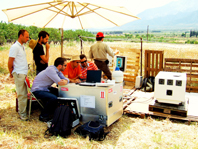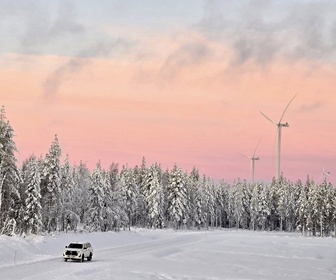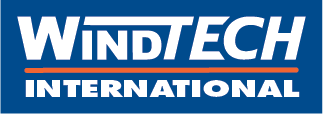Ready for 200-metre Met Towers ... of Light?
 When Laurent and Alexandre Sauvage decided to create Leosphere in 2004 few people anticipated that lidar (light detection and ranging) remote sensing systems would become so useful to the wind-power industry in such a short time. Leosphere and its scientific partner ONERA (the French Aerospace Agency) felt that by turning these complex laser sensors into lightweight, turnkey instruments they could make this innovative technology much more accessible and relevant to industry. The Sauvage brothers realised that although the atmosphere hosted major hazards for the environment (industrial pollution, greenhouse gases) it also potentially contained a partial solution: wind power. The two brothers believed that a technology that could detect invisible atmospheric parameters a large distance away would not only be a real asset to pollution monitoring but could also be a real help to the rapidly developing wind power industry. Thus, the company decided to allocate 100% of the energies of its atmospheric scientists and opto-electronics engineers to the design of several lidars to address the specific needs of air pollution and meteorology agencies, as well as wind power companies.
When Laurent and Alexandre Sauvage decided to create Leosphere in 2004 few people anticipated that lidar (light detection and ranging) remote sensing systems would become so useful to the wind-power industry in such a short time. Leosphere and its scientific partner ONERA (the French Aerospace Agency) felt that by turning these complex laser sensors into lightweight, turnkey instruments they could make this innovative technology much more accessible and relevant to industry. The Sauvage brothers realised that although the atmosphere hosted major hazards for the environment (industrial pollution, greenhouse gases) it also potentially contained a partial solution: wind power. The two brothers believed that a technology that could detect invisible atmospheric parameters a large distance away would not only be a real asset to pollution monitoring but could also be a real help to the rapidly developing wind power industry. Thus, the company decided to allocate 100% of the energies of its atmospheric scientists and opto-electronics engineers to the design of several lidars to address the specific needs of air pollution and meteorology agencies, as well as wind power companies.By Laurent Sauvage, co-founder and scientific director, Leosphere, France
.










